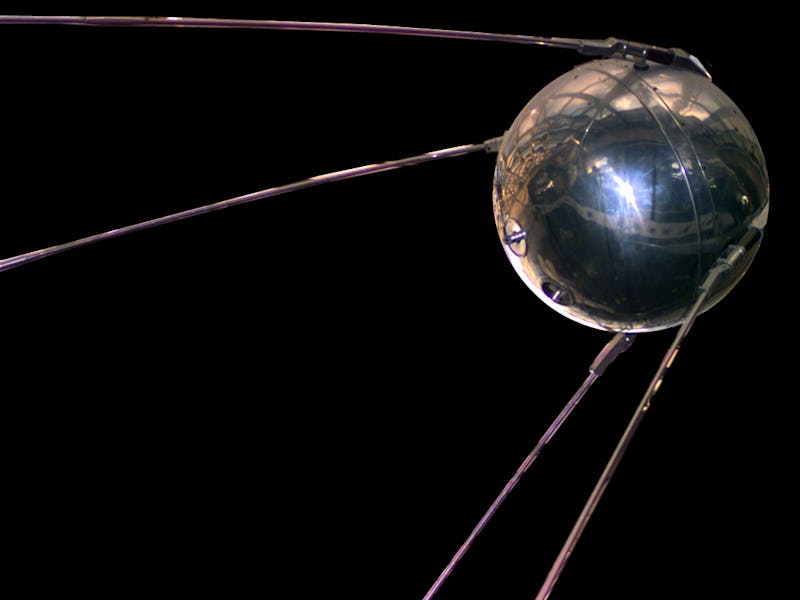Today, Oct. 4, marks 60 years since the Soviet Union successfully launched the first man-made satellite into space, known as Sputnik. And in today’s space race, companies are competing to be the first to put any paying customer on a spaceship into orbit.
The USSR successfully launched an artificial object into Earth’s orbit named Sputnik 1, edging out the U.S. for the coveted first spot on October 4th, 1957. The 180-pound satellite was able to collect data, and transmit beeping signals back to Earth and those who could pick up the signal on their own radios.
“As result of great, intense work of scientific institutes and design bureaus,” the Soviet Union wrote in a telegraph, “the first artificial Earth satellite has been built.”
Sputnik was a huge scientific breakthrough for the USSR, but also a debilitating loss for the U.S. Americans immediately entered crisis mode as they feared their position as the most dominant power in the world was at risk.
The U.S. took this as a sign they were falling behind and were determined to prove they weren’t at risk of losing their power and stature in the world. The U.S. poured billions of dollars into educational reforms and advancements in their military and technology.
The “Space Race,” as Pres. Dwight Eisenhower coined the U.S. fight to be back on top in space exploration, paved the way for the Cold War. A little more than 20 years after Sputnik succeeded, America put the first men on the moon in 1969.
Recently, this tenacity to make progress in space has revved up again. We’re now in a new kind of space race: private companies like Blue Origin and SpaceX are fighting to be the first to offer space tourism to civilians, making space less and less of the pipe dream it once was 60 years ago. While the players change, the ultimate prize — to be first — stays the same.
If you liked this article, check out this video on how light pollution affects the planet.
